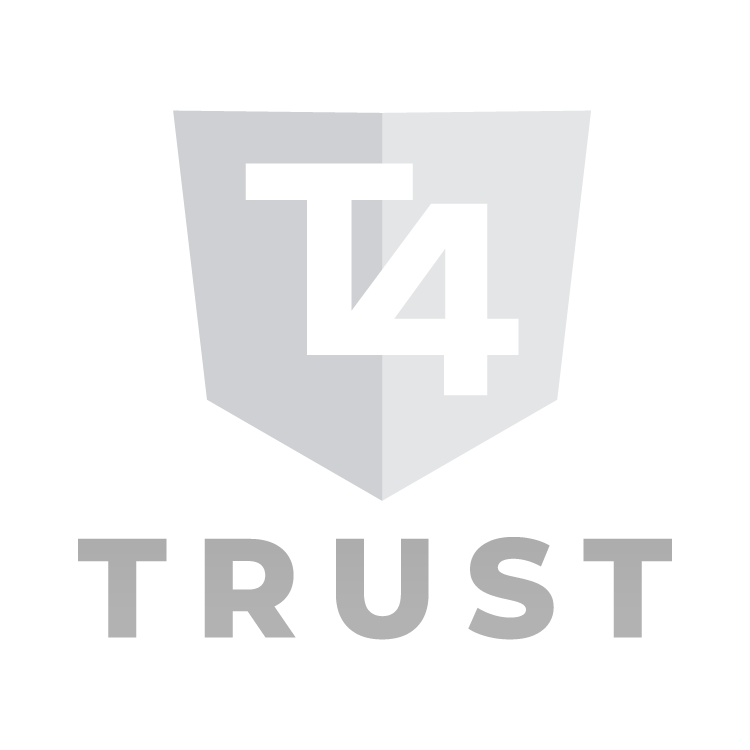Understanding eIDAS 2.0
- Posted by t4trustadmin
- On February 6, 2025
- 0 Comments
The Next Evolution in Digital Identity and Trust Services
eIDAS 2.0, or Electronic Identification, Authentication, and Trust Services 2.0, is the updated version of the original eIDAS Regulation (EU) No 910/2014. This transformative regulation enhances and modernizes the EU’s digital identity framework to meet the growing demands for secure, seamless, and interoperable electronic transactions across all EU member states.
Why eIDAS 2.0 Matters
eIDAS 2.0 introduces a standardized framework for digital identities and trust services, addressing the increasing need for secure cross-border transactions in an ever-evolving digital landscape. The regulation not only strengthens digital trust across the EU but also fosters interoperability, enabling smoother interactions between citizens, businesses, and governments.
For identity companies and trust service providers (TSPs), eIDAS 2.0 offers a unified set of standards, ensuring that digital identity solutions are both secure and compliant across the entire European Digital Single Market.
Key Updates in eIDAS 2.0
The updated regulation brings significant improvements, focusing on user control, robust security, and broader applicability of digital identities. The introduction of the European Digital Identity Wallets is one of the standout features, providing a centralized, secure way for EU citizens and residents to manage their digital credentials.
Current Status of eIDAS 2.0
As of April 30, 2024, Regulation (EU) 2024/1183 — establishing the European Digital Identity Framework — was officially published in the Official Journal of the European Union and came into force on May 20, 2024. The regulation’s full rollout is expected by 2026, with critical milestones, such as the November 21, 2024, deadline for defining reference standards and verification procedures for the European Digital Identity Wallet.
Historical Context
The original eIDAS regulation (2014) aimed to facilitate secure electronic transactions, mutual recognition of electronic IDs, and promote digital trust among EU nations. However, rapid technological advancements and increased digitization of services necessitated a more agile and secure framework, leading to the development of eIDAS 2.0.
Core Components of eIDAS 2.0
- European Digital Identity Wallets
These wallets enable EU citizens and residents to securely store and manage various credentials, from driving licenses and medical certificates to bank accounts. Users maintain full control over which attributes to share, enhancing both privacy and security. - Reusable Digital Identities
eIDAS 2.0 allows the creation of digital identities that can be reused across multiple platforms—public and private—eliminating the need for repetitive identity verifications. This boosts efficiency, reduces administrative overhead, and minimizes the risk of identity fraud. - Expanded Trust Services
eIDAS 2.0 extends trust services beyond digital signatures, incorporating:- Electronic seals (for legal assurance of document origin)
- Electronic time stamps (for establishing document creation times)
- Electronic registered delivery services (ensuring document integrity during delivery)
- Website authentication (protecting against phishing)
- Remote electronic identification (securing online identity verification)
- Interoperability Across Member States
A cornerstone of eIDAS 2.0 is ensuring that digital identities and trust services are recognized across all EU countries. Standardized protocols and mutual recognition agreements simplify cross-border services, fostering a cohesive Digital Single Market.
Implementation Roadmap
The European Commission has outlined a phased implementation process, with deadlines and milestones designed to ensure a structured rollout:
- May 20, 2024: eIDAS 2.0 enters into force.
- November 21, 2024: Reference standards for the European Digital Identity Wallet to be established.
- By 2026: Full implementation across member states, with all citizens having access to digital identity wallets.
Challenges in Adoption
- Legacy System Integration: Many member states must upgrade outdated infrastructure to meet eIDAS 2.0 standards.
- Digital Literacy Variability: Differing levels of digital literacy among EU populations may affect adoption rates.
- Cross-border Standardization: Harmonizing regulations and systems across diverse legal and technical environments is complex but essential.
Benefits Across Sectors
For Citizens:
- Simplified access to services with single sign-on capabilities.
- Enhanced privacy controls and data protection.
For Businesses:
- Streamlined customer onboarding and verification processes.
- Expanded market reach with cross-border service capabilities.
- Reduced administrative overhead and fraud risks.
For Governments:
- Improved public service delivery and digital governance.
- Enhanced cooperation between member states, leading to more efficient public administration.
Future of eIDAS 2.0
As digital identity management evolves, eIDAS 2.0 stands at the forefront of innovation and global influence. The future of eIDAS 2.0 will be shaped by emerging technologies and its role as a global benchmark for digital identity frameworks.
Trends and Innovations
- Verifiable Credentials and Digital Wallets
The integration of verifiable credentials within European Digital Identity Wallets will streamline identity verification processes, reducing fraud and fostering greater trust in digital interactions. - Artificial Intelligence (AI) and Machine Learning (ML)
AI will enhance identity verification by quickly analyzing vast datasets, detecting anomalies indicative of fraudulent activities. Machine learning algorithms will refine these processes over time, bolstering both facial recognition and biometric verification. - Internet of Things (IoT)
With the proliferation of IoT devices, eIDAS 2.0 will address the need for reliable identity verification across connected devices. This will be especially crucial in smart cities, healthcare, and industrial applications, where secure data and identity management are vital. - Enhanced User Control and Privacy
Future iterations of eIDAS 2.0 will likely focus on granular user control, allowing individuals to selectively share specific attributes with different services. This shift empowers users to manage their personal data with heightened privacy and security.
Global Impact
The influence of eIDAS 2.0 extends beyond the European Union, setting a precedent for global digital identity standards. Its emphasis on interoperability, security, and user control offers a robust model for other regions to adopt.
- Adoption by Other Countries: Regulatory bodies like the US National Institute of Standards and Technology (NIST) and the UK’s digital identity initiatives can draw valuable insights from eIDAS 2.0, promoting a globally cohesive digital identity environment.
- Cross-border Compatibility: By aligning with eIDAS 2.0 standards, countries can enhance cross-border interactions and transactions, fostering global digital commerce and governance.
- Encouraging Best Practices: eIDAS 2.0 sets high standards for digital identity management, spurring innovation and the global adoption of best practices in cybersecurity, identity verification, and data protection.
As global digital interactions expand, the demand for a universally recognized and trusted digital identity framework becomes increasingly critical. eIDAS 2.0 positions the EU as a leader in this space, offering a blueprint for secure, interoperable, and user-centric digital ecosystems worldwide.
This comprehensive update on eIDAS 2.0 demonstrates how the regulation is transforming digital identity management, offering new opportunities for businesses, governments, and citizens alike. By addressing evolving technological needs and fostering cross-border trust, eIDAS 2.0 paves the way for a secure, unified, and innovative digital future in the EU.

